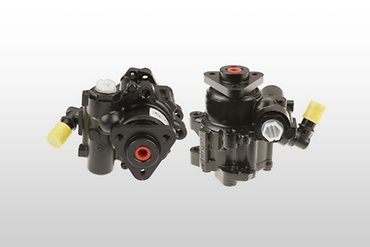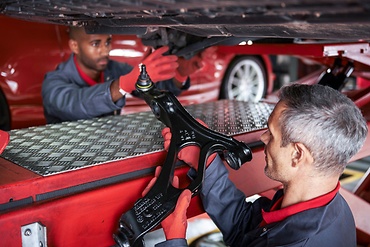The development of vehicle technology has been moving at immense speed in recent years. Even specialists find it difficult to always be up-to-date and know all innovations and changes outside of their daily tasks. Not in the least, this also applies to car steering systems. It has to be noted, however, that despite the introduction of an increasing number of electronic components, the causes for mistakes leading to damage on the steering are still the same: one is the ingress of dirt and moisture through defective or improperly mounted bellows and the resulting corrosion. It is therefore still worthwhile to take a closer look at this issue.
How-to-guide
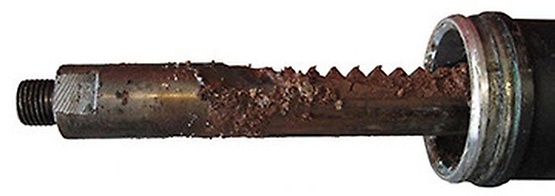
Bellows are designed to protect the moving parts of the steering gearbox against the ingress of water and dirt. If this protection fails, the worst case is corrosion of the rack. The corroded surface slowly destroys the sealing to the steering cylinder – the steering gearbox leaks (hydraulic steering) which can cause the power steering to fail.
It can also lead to mechanical damage of the axial joints which in most cases results in steering noise, increased steering play and tire wear.
But even the function of electrically powered steering is impaired by corrosion: the inner electrical components as well as the mechanical components can be affected. This results in noise, heavy steering and malfunctions in the rack drive.
For these reasons, you should observe the following information when repairing steering gearboxes:
Even a small tear in the bellows can allow dirt and moisture to enter. When the vehicle is on the lifting platform, always check the steering gearbox and the bellows. If you find a tear, immediately replace the bellows.
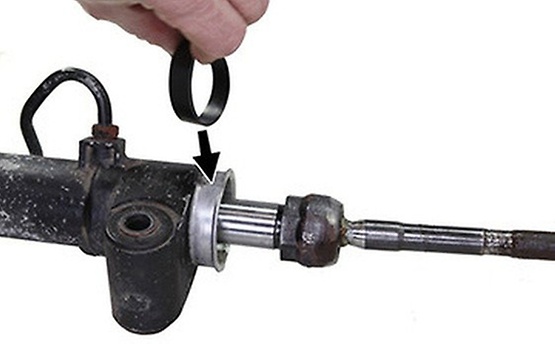
After removing the bellows, clean the sealing surfaces on the axial joint and on the housing and remove any corrosion and contamination with as little residue as possible. For improved sealing, apply a little silicone grease to the tie rod sealing surface. The grease additionally prevents capillary action between bellows and metal. If a rubber ring is supplied, this is additionally required to achieve optimum sealing. Mount this between the steering gearbox housing and the bellows. Please do not use any silicone grease here to prevent rotation or slipping of the bellows!
Note: If the OE stipulates no clamps/ties for fixing the bellows to the axial joint, do not apply any silicone grease here either!
When mounting the bellows, always ensure to use a corresponding special tool for fixing the supplied clamps.
Note: Do not use conventional cable ties or hose clamps with screw fixing!
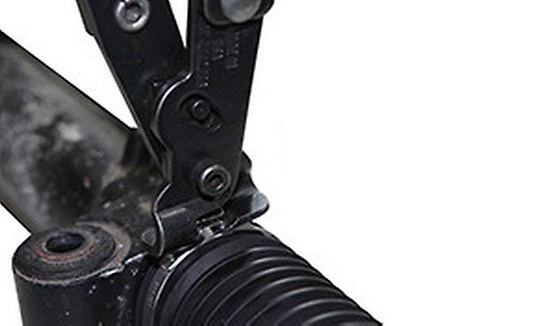
Background: Using the wrong clamps/ties or unsuitable tools contracts the clamps/ties unevenly, causing little openings to form. This allows dirt and moisture to enter which results in the damage described in the beginning. If a steering gearbox with this type of damage is submitted to our quality department, it will not be regarded as a warranty case – the warranty application will be rejected!
For repairs, always use the fixing material supplied and the required special tools – that is the only way to carry out a proper repair and to return a permanently safe vehicle to your customer!
The TRW Service Information XZS149 contains a clear summary of the workshop information on replacing the bellows.
Repair instructions XZM116i – please click here to download PDF file (23MB).
Nice-to-know

ZF Aftermarket product range
Discover the complete portfolio of steering components in our product catalog.
